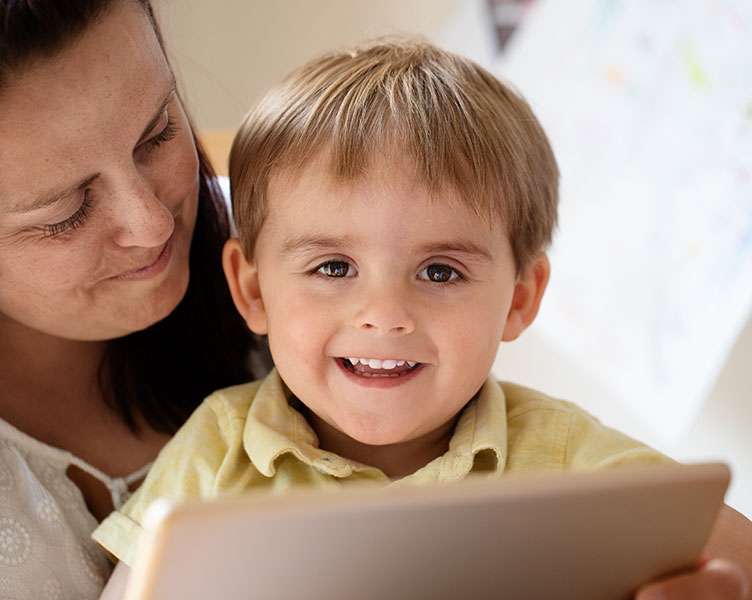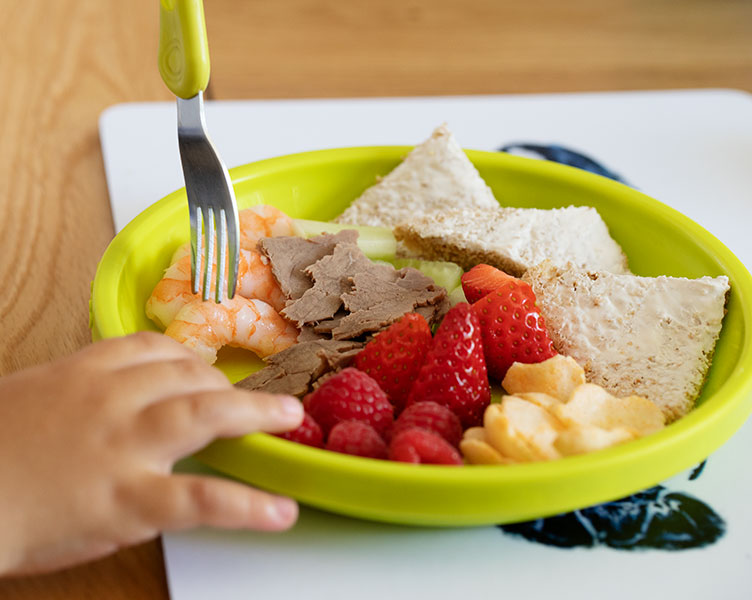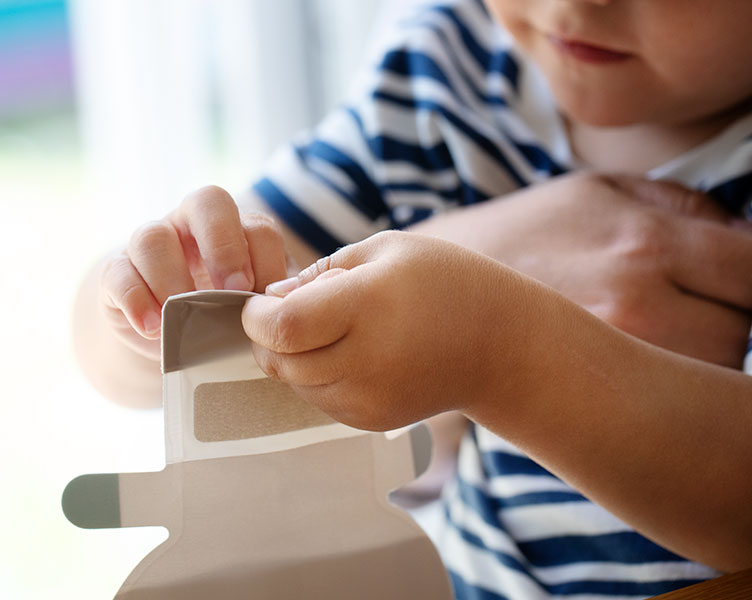Taking your child home
It often takes adults with an ostomy many months to feel fully comfortable with the change to their body. Depending on age, personality and ability to adapt, the same may be true for your child - and for you as well. In some cases both you and your child may need to adapt to the changes, and practice patience, until living with an ostomy becomes a natural part of your daily routine. Take heart in knowing that you should soon feel more comfortable in this new situation.
It can be difficult to remember everything you learned in the hospital and you’re likely to have a number of questions. We have gathered the following information to help ensure that your transition is as smooth as possible.
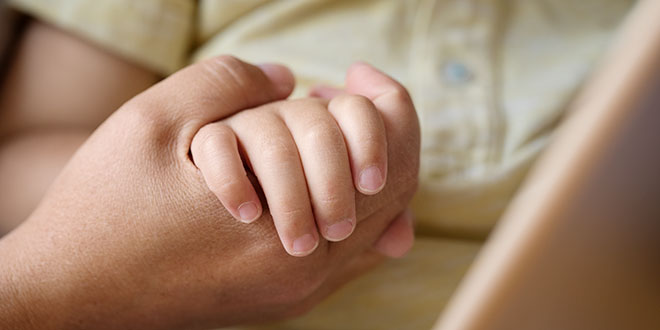
Before leaving the hospital
Before leaving the hospital, your Wound Ostomy Continence Nurse or Pediatric nurse will provide you with information on how to obtain ostomy supplies, along with written documentation from your doctor.
To assist you and your child in adapting to a new normal, you may have your child enrolled in Coloplast® Care. This free educational support program can provide you with more materials to help your child learn at home. Materials available for your child include a coloring book, a "Living Well" book, and an illustrated story book written by a parent to help her son cope with his new condition - "Jake Gets a Stoma". You as the caregiver can also connect with our Coloplast® Care advisors to ask more questions, or request a stuffed bunny with a stoma to help teach your child about their ostomy pouch. If your provider did not enroll, be sure to call this number: 877-858-2656.
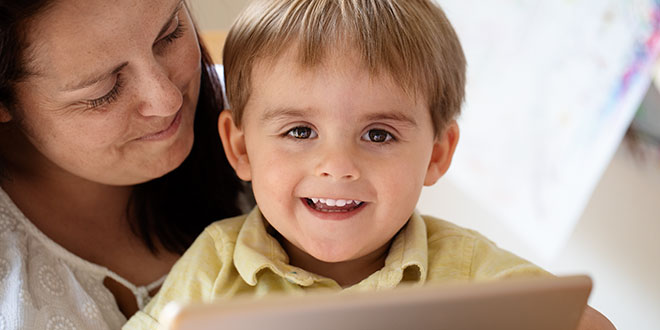
Parent’s supplies checklist:
Having the right ostomy supplies in place is essential. We have put together a list of products below which are important to make sure you have the basics in place:
- Pouches/barriers
- Stoma measuring guide
- Pen/marker
- Scissors
- Soft wipes, as long as they don't contain any moisturizers (ingredients like glycerine or dimethicone) or oils (can use moistened paper towels in a zip-lock baggie)
- Plastic bag
- Supporting products (examples of commonly used options below; only pack what your child uses / needs though!) (only if needed):
- Moldable ring such as Brava Protective Seal
- Strip paste or tube paste
- Ostomy powder
- Belt or Brava® Elastic Barrier Strip
- Pouch deodorant
- Adhesive remover
Make sure to reorder pouches when you open the last box, so you don’t run out of supplies. Re-measure your child's stoma before ordering to make sure your child’s ostomy products are still an accurate fit.
Store your supplies in a cool, dark place. Do not store the supplies on the heater in your bathroom or leave them in your car as heat can damage the adhesive of the product.
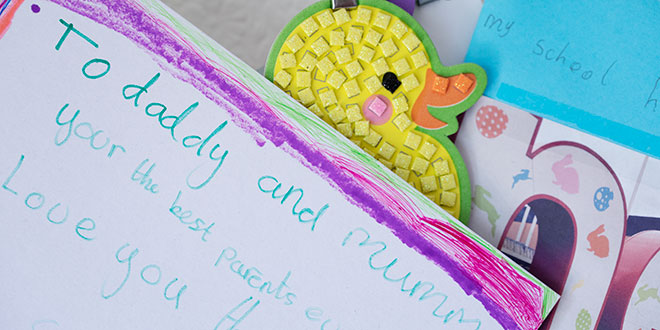
Tips & tricks
Infant: Keep all supplies needed for a complete change of ostomy products at all times. Pack a bag including ostomy supplies.
Pre-school and school-age: Keep extra supplies, clothes and written instructions at daycare, school, grandparents’ house and places you visit frequently.

